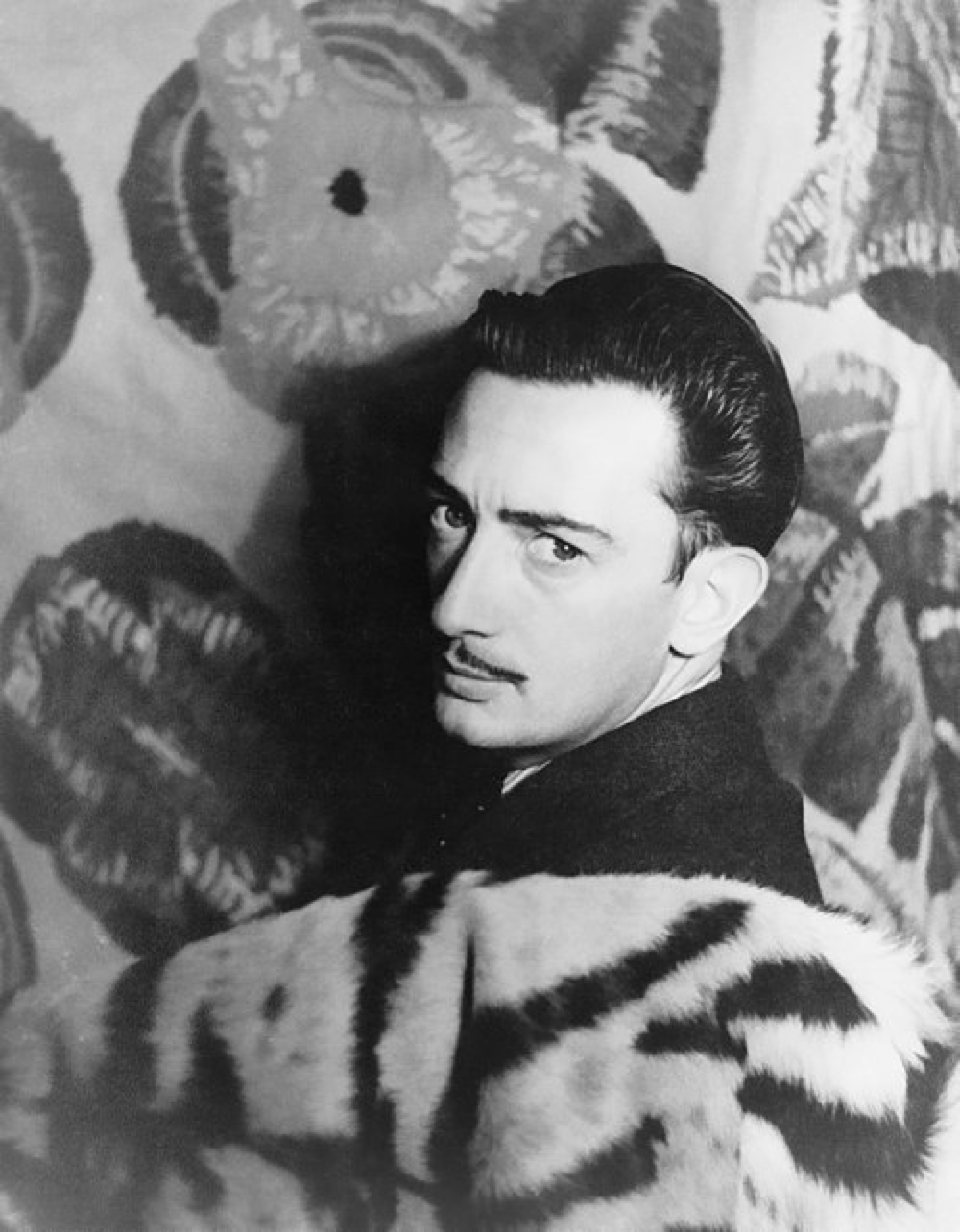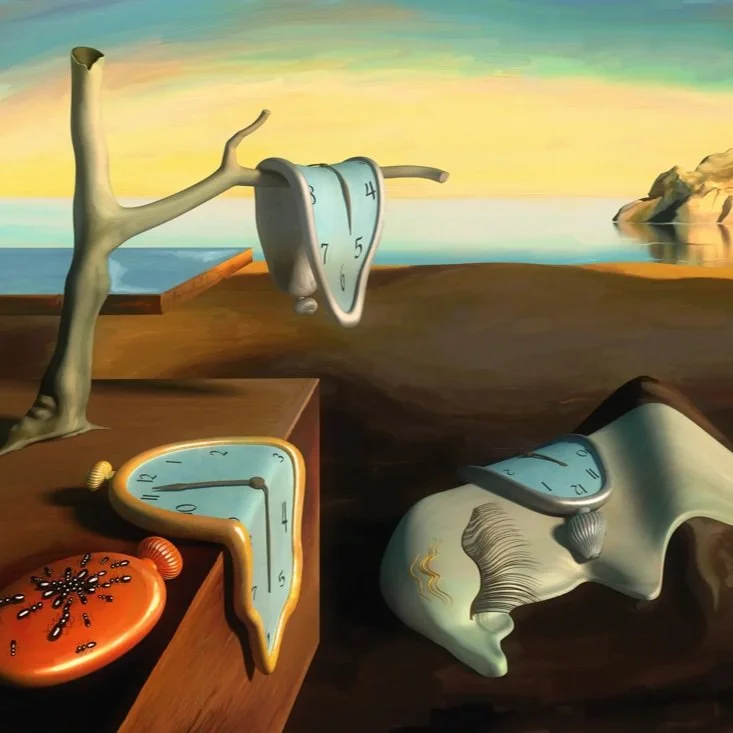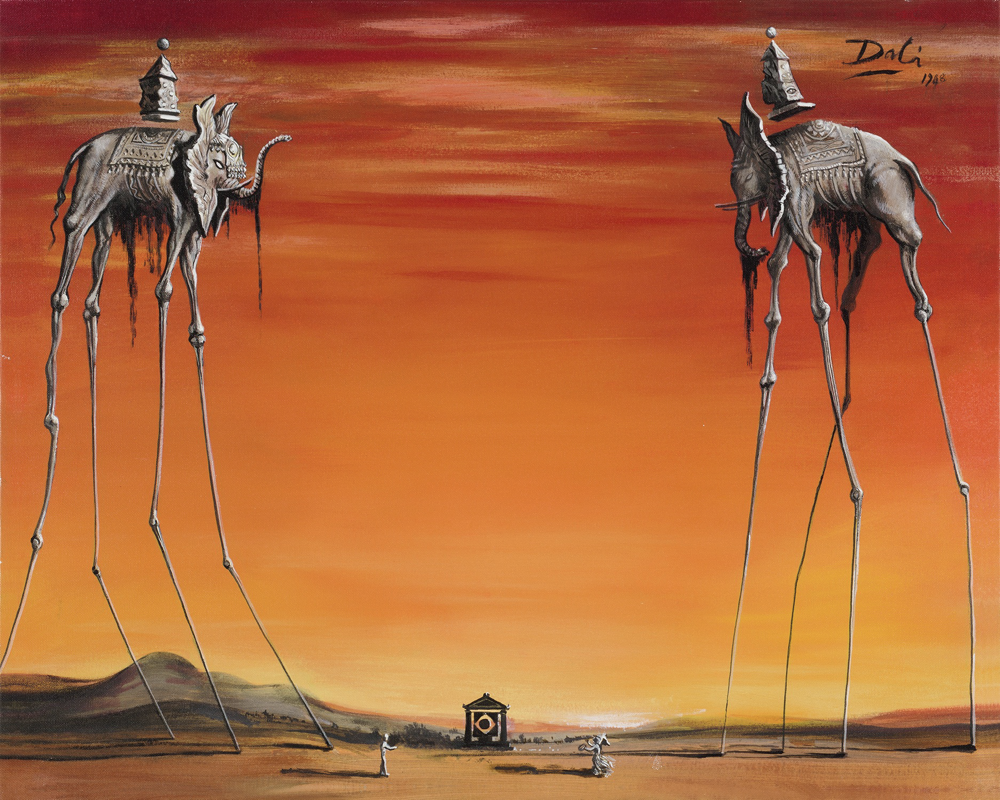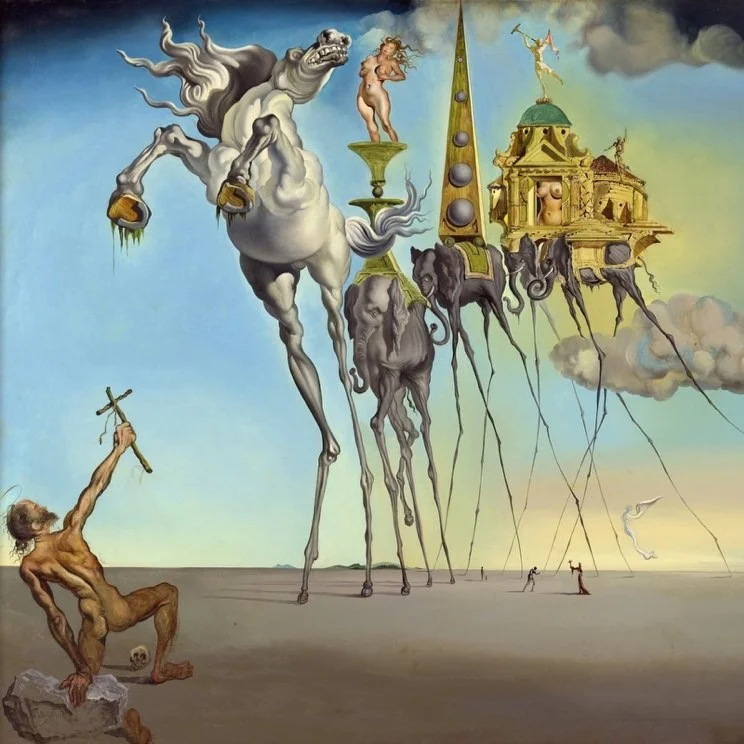Salvador Dalí
Salvador Domingo Felipe Jacinto Dalí i Domènech, Marquess of Dalí of Púbol GCYC (11 May 1904 – 23 January 1989), known as Salvador Dalí (/ˈdɑːli, dɑːˈliː/), was a Spanish surrealist artist renowned for his exceptional technical skill, precise draftsmanship, and the striking, often bizarre imagery in his work.
Born in Figueres, Catalonia, Spain, Dalí received formal training in fine arts in Madrid. Deeply influenced by Impressionism and the Renaissance masters from an early age, he later gravitated toward Cubism and avant-garde movements. In the late 1920s, Dalí aligned himself with Surrealism, officially joining the Surrealist group in 1929 and quickly rising to prominence as one of its most influential figures. His most iconic work, The Persistence of Memory (1931), remains a defining masterpiece of the Surrealist movement. During the Spanish Civil War, Dalí lived in France and subsequently moved to the United States in 1940, where he gained significant commercial success. He returned to Spain in 1948 and declared his return to Catholicism, embarking on a period he termed “nuclear mysticism,” blending classicism, spirituality, and scientific inquiry.
Dalí’s creative pursuits extended far beyond painting to include sculpture, film, graphic arts, animation, fashion, and photography—often in collaboration with other artists. He was also an accomplished writer of fiction, poetry, essays, and autobiography. Themes such as dreams, the unconscious, sexuality, religion, and science permeate his oeuvre. While Dalí’s flamboyant and theatrical persona captivated the public, it also drew criticism and, at times, overshadowed his artistic contributions. His endorsement of the Francoist regime, commercial ventures, and questions surrounding the authenticity of some later works have sparked lasting controversy.
Two major institutions are dedicated to his legacy: the Dalí Theatre-Museum in Figueres, Spain, and the Salvador Dalí Museum in St. Petersburg, Florida, U.S.





